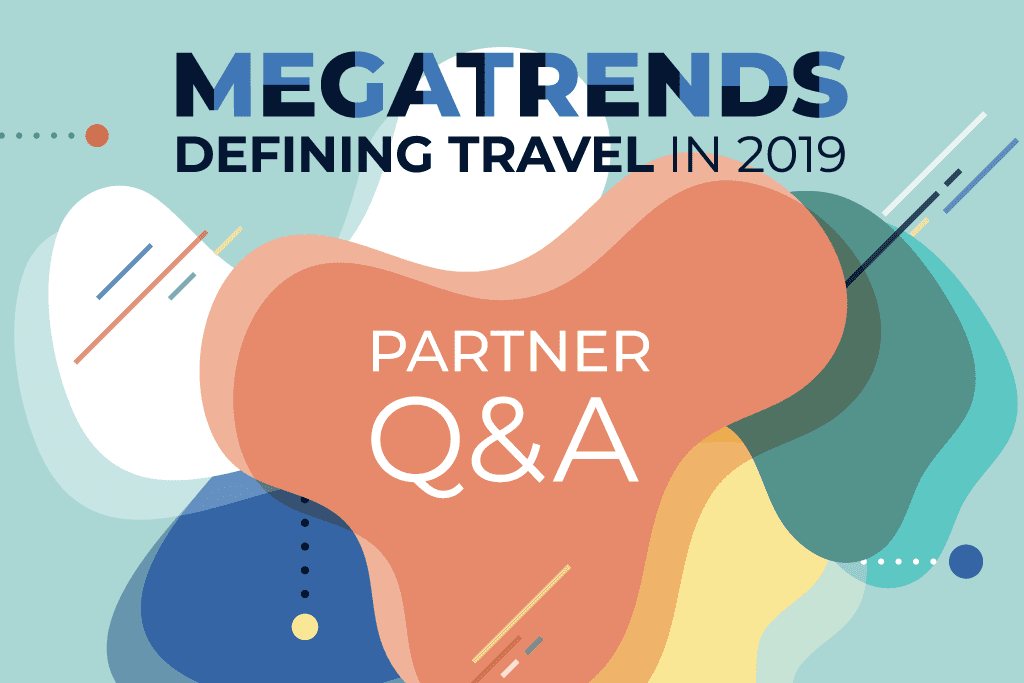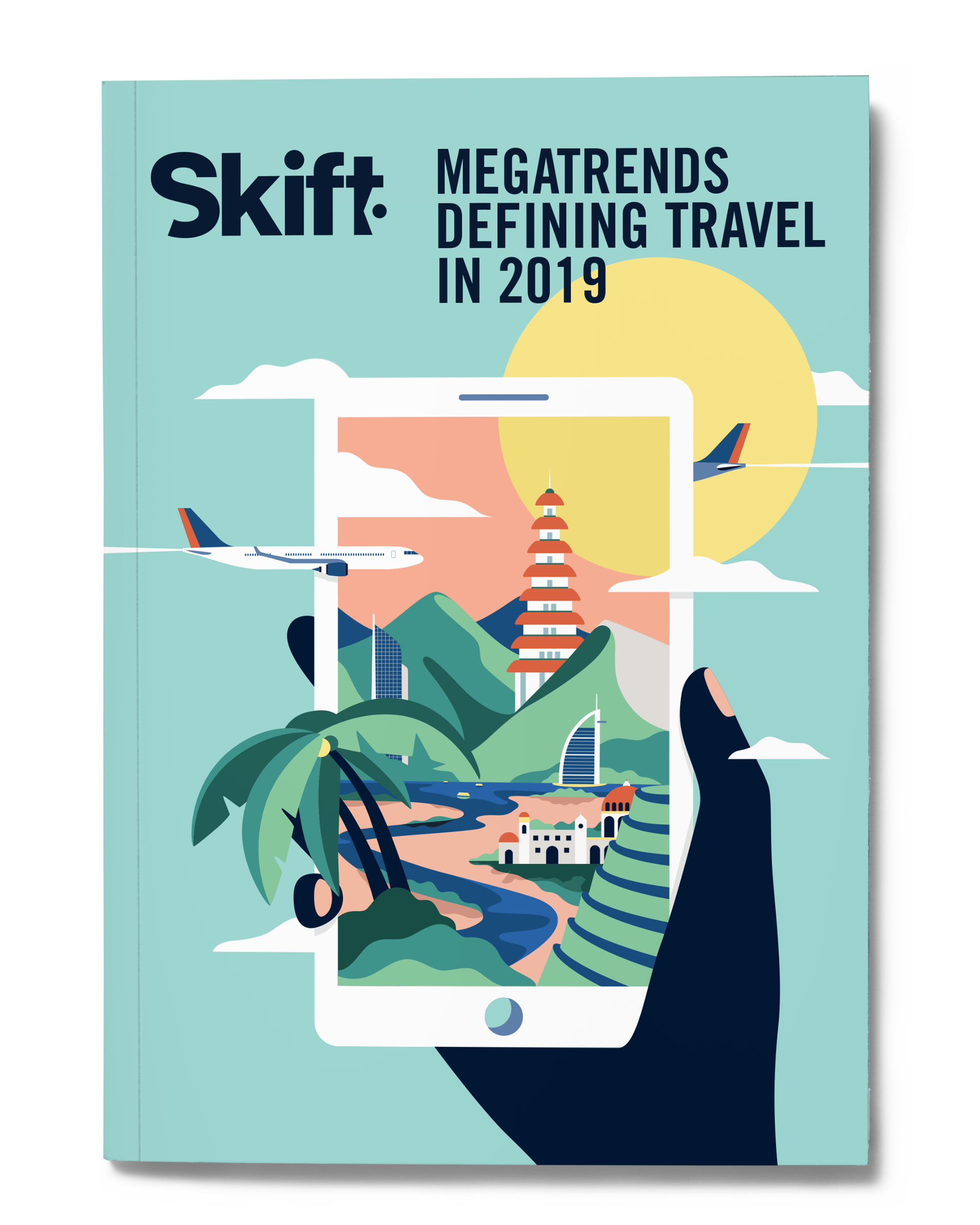Personalization in Travel Marketing: Moving Beyond the Buzzword

Skift Take
This sponsored content was created in collaboration with a Skift partner.
We recently released our annual travel industry trends forecast, Skift Megatrends 2019. You can read about each of the trends on Skift, or download a copy of our magazine here.
As we learned from the Skift 2019 Megatrend, “Everything is Converging in Hospitality,” hoteliers are shifting their focus from merely selling hotel rooms to becoming merchants and marketers offering access to nearly every piece of the customer travel journey. The new objective is to deliver the perfect travel experience for each customer along every touchpoint on an individualized, trip-by-trip, basis.
But accomplishing this is no easy feat. As travel brands across all industry sectors are starting to realize, the process of understanding the customer journey, and what travelers want in the moment, requires a more tailored approach to marketing than what’s currently offered. It will require a willingness to take personalization to the next level, evolving beyond broad-based target segments and commodity products to offer exactly the right product, to the right customer, at the right time.
To do that, today’s top travel brands must get smarter about how they gather and use customer data, using that knowledge to deliver customized, real-time marketing at scale. Doing so will allow them to do their jobs better, providing a deeper understanding of their customers and more personalized paths to purchase for the traveler. It will also allow for a smarter allocation of media dollars and marketing budgets, unlock more precise campaign targeting, retargeting, and optimization, and ensure better overall performance on campaigns.
Thankfully, travel marketers don’t have to make this leap on their own. With the help of technology partners like Sojern, travel brands can help lay the groundwork for a more personalized 1:1 strategy moving forward. To better understand the changing role of personalization, and how today’s marketing technology companies support this evolution, we spoke with Kurt Weinsheimer, Chief Solutions Officer of Sojern, and have highlighted key takeaways from the conversation below.
SkiftX: Tell us about your vision for the future of 1:1 personalized marketing in the travel industry. What’s changed, and what’s the broader opportunity for travel brands?
Kurt Weinsheimer: Personalization across multiple customer touchpoints has always been the goal for travel marketers. It’s not just a better brand experience, it’s the difference between winning or losing the booking: a recent study from Epsilon found that 87 percent of consumers are more likely to do business with travel brands offering personalized experiences.
What’s exciting is that the technology to execute on this personalization at scale is now becoming available. Major brands who invest in the right tools and partners can now combine demographic data with psychographic data, along with their CRM and loyalty data, as well as look at real-time trip intent indicators like search and booking data—all to power tailored marketing programs that systematically deliver timely offers and great customer experiences.
SkiftX: The longstanding model for travel marketing was built on this notion of targeting different “segments,” whether that was a business traveler or leisure traveler or luxury traveler. Is that model helpful in this new era of personalization we’re describing?
Weinsheimer: Unfortunately a lot of the personalization happening in travel right now is missing this point. Travel is very occasion based, so you need to understand the trip motivation for that person in that moment, and then use that to determine how do they want to engage when they're in that situation.
The good news is that on any major trip, I’m going to be visiting websites and conducting searches literally hundreds of times prior to completing my planning and booking. Travel brands need to understand how to see those intent signals, interpret them, and act on them in a timely manner. Because I'm not a business traveler, or family traveler, or a romantic get-away traveler: I'm all those things. It just depends on the day and the hour that I'm there. Personalization has to be, I think, trip-based customization.
SkiftX: Are there any limitations with the industry’s current approach to personalizing their digital marketing and customer interactions?
Weinsheimer: I think the biggest challenge with personalization is when travel brands base their efforts on the activity of a very small number of loyal customers. Everybody thinks their loyal customers are devoted to them. But that’s not always the case. In addition, the vast majority of people that are coming to your hotel or airline are people that you've not seen before. And so I think this is where travel marketers have blind spots, where they try to take what they know about a very select number of travelers and push that out and then force that on everybody. On top of that, travel brands are limited by the data they can collect from loyalty programs and through a website visit or app engagement.
All of this is to say that even the most sophisticated and well-resourced companies can benefit from working with a partner with access to wider pools of data from across the industry to help them do things they cannot simply do on their own.
Sojern, for example, is able to see a traveler’s path-to-purchase across multiple competitors and travel planning sites to stitch together a more comprehensive view of how booking decisions are made. This helps our clients find the right audiences—whether brand new prospects, competitive conquests, loyalty marketing, upselling, and more. With the huge amounts of data analyzed on our platform, we’re able to predict which travelers to target, at what time, and on what inventory source, with what message in order to influence their booking. This allows us not only to drive outcomes but also to maximize the return on our clients’ marketing spend.
SkiftX: If someone who's reading this says, "Okay. How do I get started? What do I do next?" What would be your pitch for how to move forward?
Weinsheimer: The first step is acknowledging that your brand may have blind spots in their broader understanding of how travelers are thinking. And then you need to apply data science against your static personas. Don't assume anything about a user: let the data tell you what that user is looking to do, testing it against what the insights are actually saying their intent is versus what your “static” view thinks it is.
We can run that assumption against the hundreds of millions of users that we see in our algorithms, and potentially come up with different, more creative ideas and observations, and see what works. And that's really leveraging our data, our platforms, and our insights on the backend to understand what works, what didn't work, and then iterate against that. Because we're no longer in a world where you can run a campaign, see what happens, and take a break. You've got to be always on all the time, so that you can be iterating and growing, and the models can learn on a minute-by-minute basis.
This content was created collaboratively by Sojern and Skift’s branded content studio, SkiftX.





